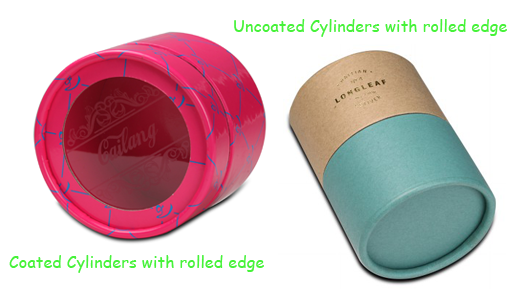The quality of printing is determined by the exposure of printing. Overexposure will cause the image of the printing plate to be too shallow, small dots will be lost, the dots will be reduced, and the bright tone will be severely damaged, even affecting the durability. Underexposure will cause the plate image to be too deep, and the dots will expand. In order for the printing plate to faithfully reproduce the dot level of the original, it is necessary to determine the appropriate exposure for printing.
After the PS plate sensitizer is irradiated with a certain amount of ultraviolet rays, it is basically completely decomposed into a substance that can be dissolved in the developer solution, so that the PS plate breaks out of the gray sand. This certain amount of light is the critical exposure of the PS version. In actual operation, as long as the original is closely attached to the PS version, the plate-making machine has a good vacuum effect, and the plate exposure often exceeds the critical exposure by a little. In this way, the blank part of the layout can be fully exposed, and the fingerprints, tape marks and other stains on the original plate can be exposed, reducing the amount of revision.
However, it is not possible to extend the printing time without limit, otherwise small dots will be lost due to the diffusion of light.
According to the national professional standard of positive figure PS version, the density of the ladder scale is 0.65 ~ 0.80, and the exposure area should have the ink performance. In this way, the area with a third-level density value of 0.35, which is two-level less than it, must be blanched. The exposure boy used at this time is the standard exposure fish, which is the optimal exposure. However, the original ladder is expensive, which is not available for general printing manufacturers. Through the following derivation, the relationship between the critical exposure amount of the optimal exposure amount sentence can be obtained, which provides convenience for manufacturers without a ladder.
As shown in the figure below, the optimal exposure for the third stage of tanning is E. When E passes through the scale, the third level with a density value of 0.35 is partially blocked to become E3 and reaches the photosensitive layer of the PS plate, so that the third level of the PS plate is whitened without ink absorption. Here E3 is the critical exposure for this PS version. The critical exposure of each PS version can be measured by experiments, that is, the exposure just after the PS version is not white when there is no obstruction on the PS version.
we know
E = TIt, where
T is light transmittance, T0 = 100%, I is light intensity.
Because E = E0 = T0I0t0, E3 = T3I3t3
When printing at the same time I = I0, t0 = t3
So E / E3 = T0I0t0 / T3I3t3 = T0 / T3
When D3 = 0.35, T3 = 10-0.35 = 0.45
E = (T3I3t3) E3 = 2.2E3
After clarifying the relationship between E and E3, the best exposure E can be determined by simply measuring E3.
Two types of PS plate samples A and B with different speeds were used. After exposure on the plate-making machine, they were manually developed with a mixed developer (25 ℃) of 40 ‰ sodium hydroxide and 3% sodium metasilicate for half a minute. When printing, press the PS version sample under the glass plate, and expose directly without obstruction, and take out a sample every 10 seconds. After development, observe the condition of the layout and record the time for complete blanching. At the same time, use the gray ladder ruler to print the plates, and record the time required for the third-level whitening and the density value between 0.65 and 0.80 when inking. The list is compared and compared. From the data in the table, we can see that it basically meets the relationship of E = 2.2E3.
When printing the original text or lines, it can be made into four-step white with ladder ruler, so that the actual best printing time can be longer. In the same way, E = 3.1E4 can be derived.
In short, the optimal exposure is 2 to 3 times the critical exposure. When printing the original version of fine dots, the lower limit can be selected twice, while the original text line can be up to about 3 times the upper limit.
Paper Cylinders With Rolled Edge
Paper Cylinders with rolled edge is another kind of paper cyliner tubes , the rolled edge are aimed to the top lid or base . Not all paper tube boxes are suitable for having a rolled edge , for example , those whose inside diameter is less than 3mm can not be done with rolled edge s, 3mm is the minimum size for the rolling machine . Also , too thin or too thick cardboard can not make the very perfect rolled edge , the most ideal thickness for paper Cylinders with rolled edge is 1.2mm. In addition , those matte uncoated paper are not suitable for the paper Cylinders with rolled edge as its edge may turn to be glossy when rolled . Round paper tubes can be done with display window as well , you can choose to hide or not to hide the edge of the window , it`s up to you .

Fall in love with the our paper tubes , please feel free to contact us for a quotation .
Paper Cylinders With Rolled Edge
Paper Cylinders With Rolled Edge,Paper Cylinder Tube With Rolled Lid,Customized Cardboard Cylinder,Rolled Cylinder Paper Box
Huizhou Cailang Printing Products Co.,Ltd. , https://www.paperboxs.nl